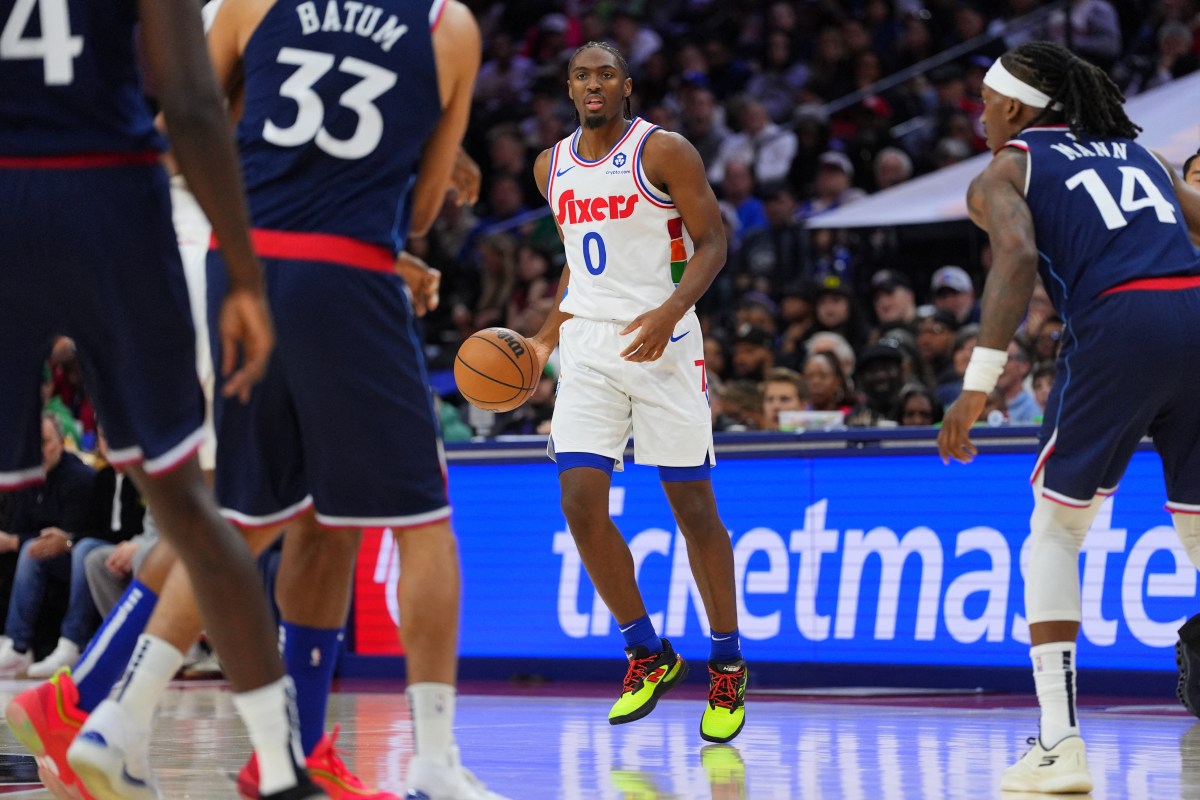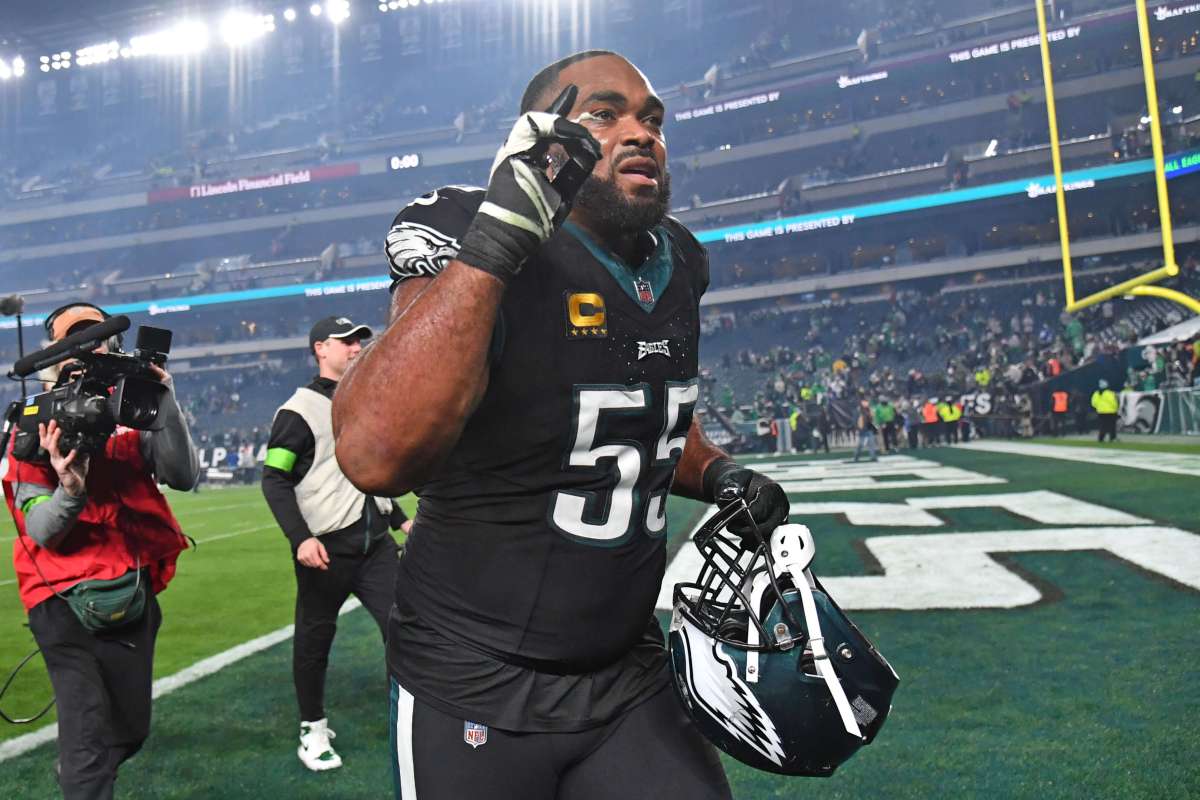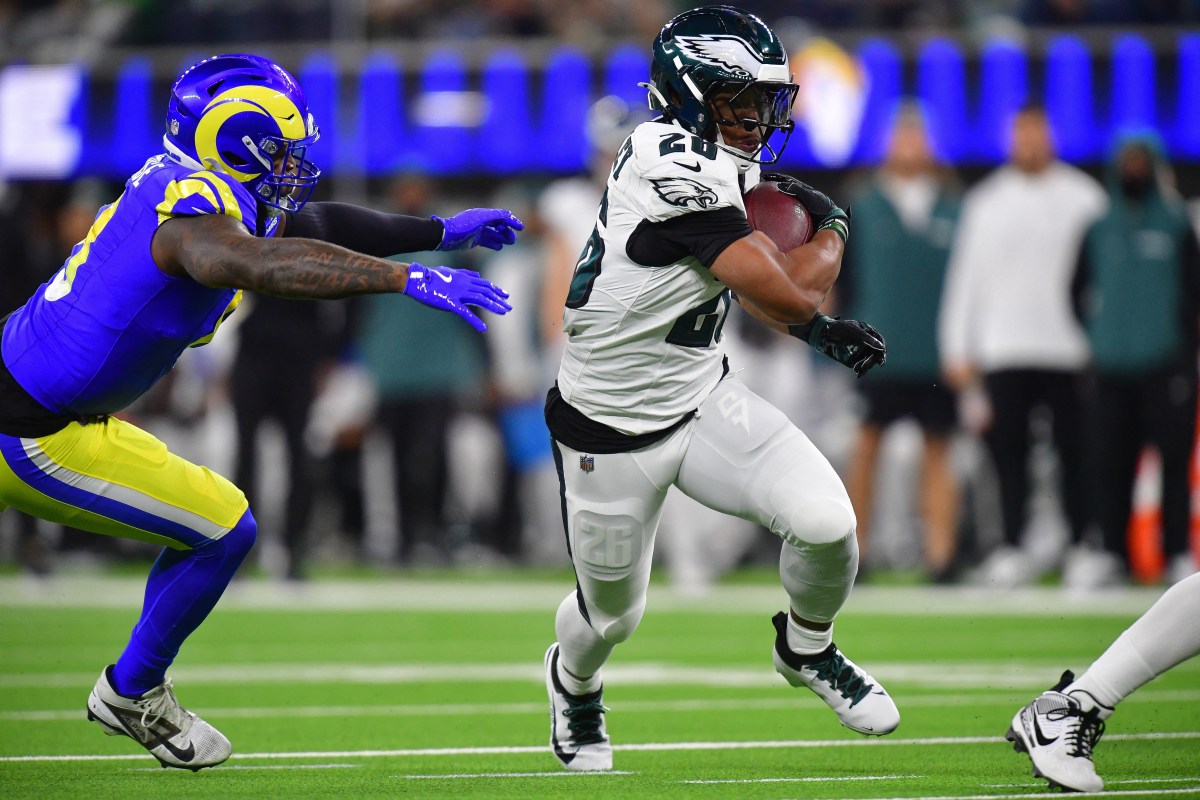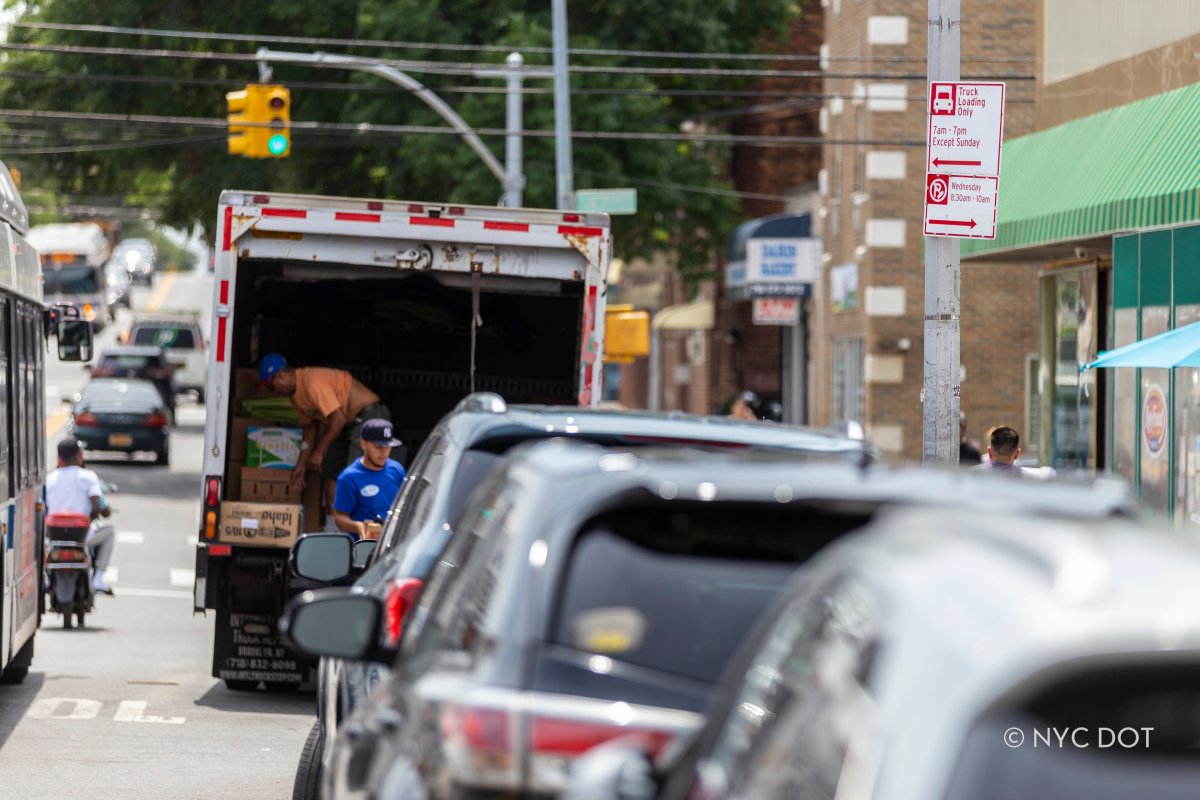CHICAGO (Reuters) – Wally Waugh, 57, a front-end manager at a Stop & Shop supermarket in Oyster Bay, New York, makes over $1,150 a week. He is a union member.
Adam Ryan, 33, a sales clerk at a Christiansburg, Virginia, Target, makes $380 to $460 a week. He is not.
While the gap in how much they earn arises in part from the very different regions where both live and work, it is also in line with a Reuters analysis of U.S. retail wages, whose findings are previously unreported. After reviewing two decades of retail wages, Reuters found that union workers get paid more on average – and that the gap is widening.
Reuters examined a three-year rolling average of data from the U.S. Bureau of Labor Statistics (BLS) and found that the weekly pay differential between union and nonunion workers in the U.S. retail sector widened significantly between 2013 and 2019 – from nearly $20 to more than $50.
Graphic: Wage advantage for retail union workers increases – https://graphics.reuters.com/RETAIL-UNIONS/rlgvddjzevo/chart.png
By the end of 2019, a unionized retail worker was taking home an average of about $730 a week, compared with over $670 weekly for a nonunionized worker, the Reuters analysis shows.(Reuters did not count 2020, a year largely viewed by economists as a pandemic-hit outlier.)
Unionization, worker treatment and wages in the retail industry have been in the spotlight this year because of a highly publicized attempt by Amazon.com Inc workers to organize at a warehouse in Bessemer, Alabama.
Amazon argued to its workers in Alabama that their benefits might decline if a union bargained on their behalf. But the Reuters analysis challenges Amazon’s claim.
A sustained four-year labor squeeze in the retail industry – combined with independent movements to push minimum wages in U.S. states to $15 an hour – is providing unions more power to bargain longer, and to give workers more regular hours and better pay, said Kenneth Dau-Schmidt, professor of labor and employment law at Indiana University Bloomington.
Workers often fear that retailers will move to close stores and warehouses or fire people who try to organize. Amazon’s agents allegedly warned that the company could shut the Bessemer, Alabama, facility if a union took root, according to the Retail, Wholesale and Department Store Union (RWDSU). Amazon denied threatening a warehouse closure or layoffs.
Earlier this year, workers at the facility voted against unionizing by a margin of more than 2-to-1.
‘TRIGGER WORD’
Seventy-two percent of the 5,804 public and private union elections in the past five years were in favor of workers trying to organize, according to data from the U.S. National Labor Relations Board. Nine out of every 10 petitions to form bargaining units were won by unions last year, the highest rate of success in at least a decade.
Graphic: More union wins amid worries about Covid-19 working conditions – https://graphics.reuters.com/RETAIL-UNIONS/bdwpkwjdlpm/chart.png
But the percentage of unionized retail workers has been declining over the past four decades. Last year, only 4.6% of U.S. retail trade workers were unionized, down from about 9% in the early 1980s and from about 5% a decade ago, according to Unionstats.com.
“‘Union’ is a trigger word for a lot of managers. They’ll start finding things to let you go for and they’ll get you out,” said David, 39, a Walmart store worker in Stillwater, Oklahoma, who declined to provide his last name for fear of losing his job. Walmart Inc, which declined to comment, is the biggest private employer in the United States and has no unionized stores.
About two-thirds of Kroger Co workers are unionized – unlike Amazon, Target Corp and Walmart, which have no organized workers. During quarterly conference calls with analysts, Kroger has repeatedly called out union-negotiated benefits that put it under financial “pressure” that its competitors do not face.
The grocer – whose percentage of unionized workers has decreased since 2013 – said last month it has to work out several major union contracts this year, including for workers in Atlanta, Houston and Memphis.
Both Kroger and Target flag collective bargaining in their annual regulatory filings as a potential risk to operations that could increase the cost of labor.
A Kroger spokeswoman said the company has contingency plans to keep facilities running in the event of labor disputes.
To dissuade workers from organizing, retailers warn workers of the burden of paying union dues. One Amazon worker, Darryl Richardson, said that ahead of the Alabama vote on whether to unionize, Amazon put signs reading “Where will your union dues go?” on bathroom-stall doors. Amazon did not respond to a request for comment.
Dues vary from union to union, but are typically around 1.5%-2% of a worker’s paycheck, labor experts say.
“When you aren’t making that much money, any amount is a lot,” said Nelson Lichtenstein, director of the Center for the Study of Work, Labor and Democracy at the University of California, Santa Barbara.
But the Amazon campaign in Alabama has renewed interest in organizing across the retail industry and emboldened people like Ryan, who has been skeptical of unions in the past. Publicity around the Amazon vote made him contemplate more seriously “what a union is, how they can maybe help us with the issues we’re dealing with,” he said.
Target told Reuters in a statement it has “significantly invested in hours,” raised wages and offered multiple bonuses to frontline workers throughout the pandemic.
Citing “low wages” and “wage theft” at Amazon as some key drivers, the International Brotherhood of Teamsters last month entered the fray by voting to lay the ground work to organize workers at the company’s warehouses. Amazon says it already pays workers fairly. The company in 2018 raised its minimum pay for U.S. workers to $15 an hour.
POWER SHIFT
Reuters found that one factor behind the widening wage gap is that unionized retail workers tend to work more hours per week, and more predictable hours, than nonunionized workers, as illustrated by Ryan and Waugh.
Waugh’s full-time schedule is largely stable at 40 hours per week, set by his contract with Stop & Shop, which is owned by Netherlands-based Ahold Delhaize. He earns more when he works overtime, on Sundays or on holidays, according to the RWDSU, which represents him.
Target’s Ryan, meanwhile, works a variable schedule from 25 to 30 hours a week, depending on the store’s anticipated traffic. Ryan said that even if Target raises his hourly base pay, he will not necessarily earn more per week.
“Fifteen dollars an hour doesn’t mean anything if that raise in wages is offset by a reduction in hours,” he said. Twenty-seven percent of U.S. retail and wholesale workers worked 34 hours a week or fewer in 2019, according to the BLS.
As shoppers bought more goods online, retail workers who were paid on commission saw their incomes drop. But companies from Kohl’s Corp to Macy’s Inc also cut hundreds of thousands of jobs on sales floors and in stock rooms, leaving payrolls lean. Today two employees perform work that years earlier was performed by ten, unions say. That gives unions some leverage.
Plagued by high turnover, major companies like Walmart and Target have since 2016 sharply raised wages to try to retain more workers. Those wage hikes fostered a spillover effect of better and more frequent increases at the bargaining table at other retailers such as Kroger and Stop & Shop.
Kroger said it provides comprehensive compensation packages, including competitive wages, healthcare and retirement.
In 2019, over 30,000 United Food and Commercial Workers Union-represented Stop & Shop workers in the U.S. Northeast went on strike for 11 days until the chain agreed to raise pay higher than what it offered prior to the strike.
“Sometimes we get two raises a year and that compounds over the years,” Waugh said. “For those of us who are fortunate enough to stick around, it puts us in a very, very good position.”
(Reporting by Richa Naidu in Chicago; Additional reporting by Dan Burns in New York; Editing by Vanessa O’Connell, Ryan McNeill, Benjamin Lesser and Matthew Lewis)



















